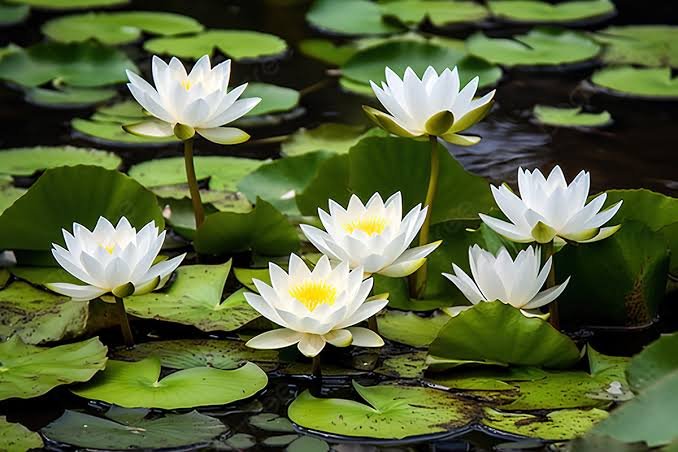Johannesburg: SiltaNews – News Desk
The lotus flower held a central place in ancient Egyptian civilization, both as a botanical specimen and as a religious and cultural symbol. Native to the Nile’s freshwater ecosystems, the Egyptian lotus refers primarily to two species: Nymphaea caerulea (blue lotus) and Nymphaea lotus (white lotus). These aquatic plants are characterized by their ability to bloom above the water’s surface, with petals that open at sunrise and close at sunset. This daily rhythm aligned the lotus with the solar cycle and contributed to its association with the sun god Ra.
In Egyptian cosmology, the lotus was believed to be the first object to emerge from the primordial waters of Nun, the chaotic abyss that preceded creation. From the open lotus flower, the sun god Ra was said to rise, initiating the cycle of light and life. This mythological role positioned the lotus as a symbol of cosmic birth, divine emergence, and the establishment of order. The god Nefertem, associated with healing and beauty, was often depicted with a lotus on his head and was considered the son of Ptah and Sekhmet.
The lotus was widely used in religious rituals, funerary practices, and temple architecture. It appeared in the Book of the Dead and other funerary texts, where it symbolized resurrection and the soul’s rebirth in the afterlife. Lotus motifs were carved into columns, painted on tomb walls, and incorporated into ceremonial objects. Pharaohs and priests used lotus garlands in offerings and adorned thrones and crowns with lotus imagery to signify divine authority and purity.
In artistic representations, the lotus was frequently paired with the papyrus plant to symbolize the unity of Upper and Lower Egypt. It was also used in jewelry, amulets, and cosmetic preparations. Egyptians believed the lotus possessed medicinal properties and included it in perfumed oils and healing rituals. Archaeological evidence confirms its presence in burial sites, temple reliefs, and domestic artifacts dating from the Old Kingdom through the Ptolemaic period.

The lotus flower in ancient Egypt was not merely decorative. It functioned as a botanical, mythological, and ritual element embedded in the religious, artistic, and cultural systems of the civilization. Its enduring presence across millennia reflects its role as a foundational symbol of creation, solar power, and spiritual renewal.






